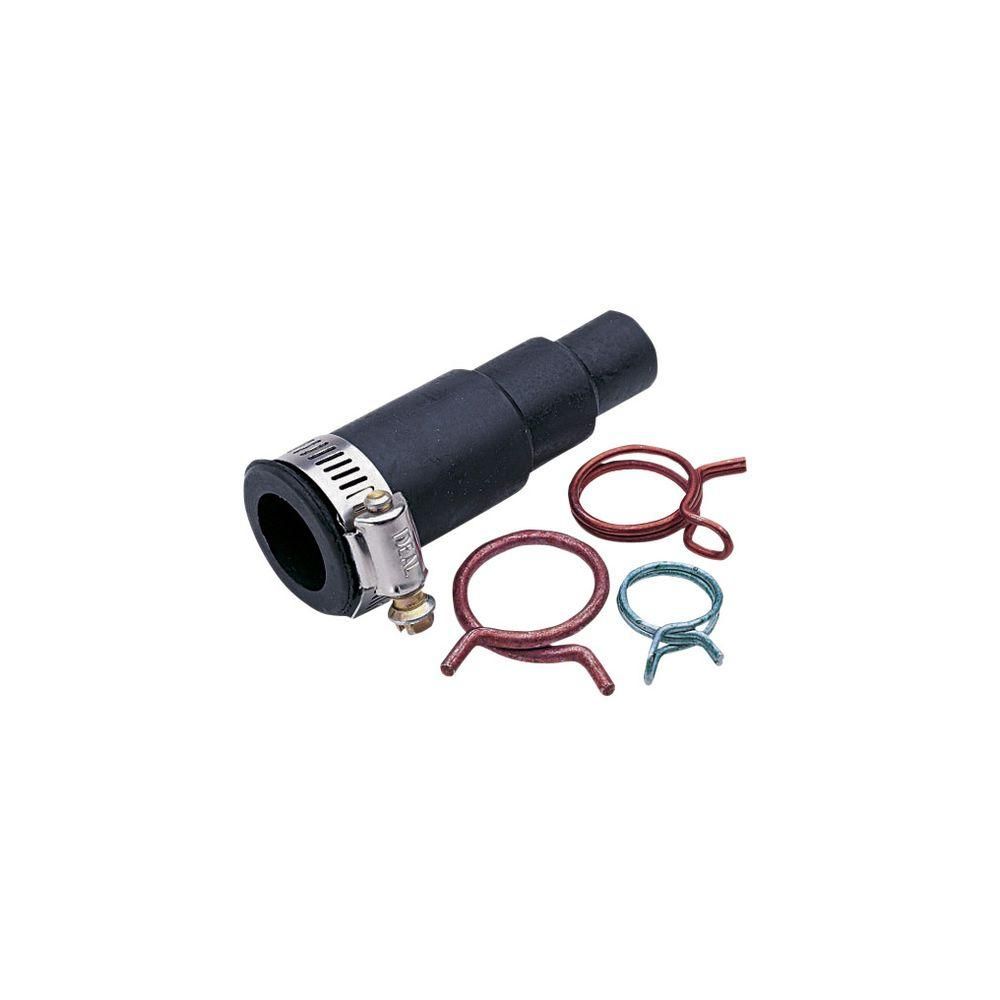When it comes to kitchen appliances, the Insinkerator dishwasher is a reliable workhorse that ensures your dishes come out sparkling clean. However, there may be times when you need to perform maintenance or replace your dishwasher, which requires you to remove the Insinkerator plug. Understanding the process and being prepared can save you time and hassle. This guide will walk you through the steps of Insinkerator dishwasher plug removal, ensuring you feel confident tackling this task.
In this comprehensive article, we will explore the reasons you might need to remove the dishwasher plug, the necessary tools, and step-by-step instructions to carry out the task safely. We will also address common questions that arise during this process and offer troubleshooting tips to help you avoid potential pitfalls. By the end, you will have all the knowledge required to handle the Insinkerator dishwasher plug removal effectively.
Whether you are a seasoned DIY enthusiast or a homeowner tackling your first plumbing project, our guide on Insinkerator dishwasher plug removal will equip you with the insights you need. Let’s dive into the world of dishwashers and understand why this seemingly simple task can sometimes be more complicated than it appears!
What Is the Insinkerator Dishwasher Plug?
The Insinkerator dishwasher plug is a vital component that connects your dishwasher to the drainage system. It allows wastewater to be expelled, ensuring that your dishes are cleaned efficiently without any leftover grime. The plug can become clogged or damaged over time, making it necessary to remove it for maintenance or replacement.
Why Would You Need to Remove the Dishwasher Plug?
There are several scenarios in which you might find yourself needing to remove the Insinkerator dishwasher plug:
- Clogs: If your dishwasher is not draining properly, it may be due to a clog in the plug.
- Maintenance: Regular maintenance can help prolong the life of your dishwasher.
- Replacement: If your plug is damaged, replacing it is essential to ensure proper functioning.
- Moving: If you are relocating your dishwasher, disconnecting the plug is necessary.
What Tools Do You Need for Insinkerator Dishwasher Plug Removal?
Before you start the removal process, gather the following tools:
- Adjustable wrench
- Screwdriver (flathead and Phillips)
- Bucket or towel (to catch any water)
- Pliers
- Flashlight (for better visibility)
How Do You Safely Remove the Insinkerator Dishwasher Plug?
To safely remove the Insinkerator dishwasher plug, follow these steps:
- Turn Off Power: Before starting, ensure that the power supply to the dishwasher is turned off to prevent any accidents.
- Disconnect Water Supply: Locate the water supply line and disconnect it carefully.
- Use the Bucket: Place a bucket or towel under the sink to catch any residual water.
- Remove the Plug: Use the adjustable wrench to loosen and remove the plug from the drainpipe.
- Inspect for Damage: Check the plug for any signs of wear or damage and replace if necessary.
- Reassemble: Reattach the plug securely and reconnect the water supply line.
- Restore Power: After everything is secure, restore power to your dishwasher.
What Are Common Issues During Insinkerator Dishwasher Plug Removal?
During the Insinkerator dishwasher plug removal process, you may encounter some common issues, such as:
- Stubborn clogs that require additional cleaning.
- Corrosion or rust on the plug that makes it difficult to remove.
- Water leaks if the connections are not properly reattached.
How Can You Troubleshoot Problems During the Removal Process?
If you run into issues during the removal, consider these troubleshooting tips:
- For stubborn clogs, use a mixture of vinegar and baking soda to dissolve buildup.
- If the plug is rusted, apply penetrating oil and let it sit for a while before attempting to remove it again.
- Ensure all connections are tight and secure to avoid leaks after reassembly.
What Should You Do After Insinkerator Dishwasher Plug Removal?
After successfully removing the Insinkerator dishwasher plug, ensure you follow up with these steps:
- Clean the area around the plug to prevent debris from entering the drainage system.
- Test the dishwasher by running a cycle to ensure everything is working properly.
- Keep an eye on the area for any signs of leaks over the next few days.
Are There Alternatives to DIY Insinkerator Dishwasher Plug Removal?
If you feel uncomfortable attempting the Insinkerator dishwasher plug removal on your own, consider these alternatives:
- Hire a professional plumber to handle the job.
- Consult your dishwasher's manual for specific guidelines and troubleshooting tips.
- Seek advice from a home improvement store for additional support.
Conclusion: Mastering Insinkerator Dishwasher Plug Removal
Removing the Insinkerator dishwasher plug doesn’t have to be a daunting task. With the right tools and knowledge, you can confidently handle the process yourself. By understanding the reasons for removal, preparing adequately, and following our step-by-step guide, you can ensure that your dishwasher remains in optimal working condition.
Whether you are facing clogs, performing maintenance, or relocating your appliance, being informed about Insinkerator dishwasher plug removal will empower you to tackle these challenges head-on. Remember, if you ever feel unsure, don’t hesitate to seek professional help. Happy DIY-ing!



